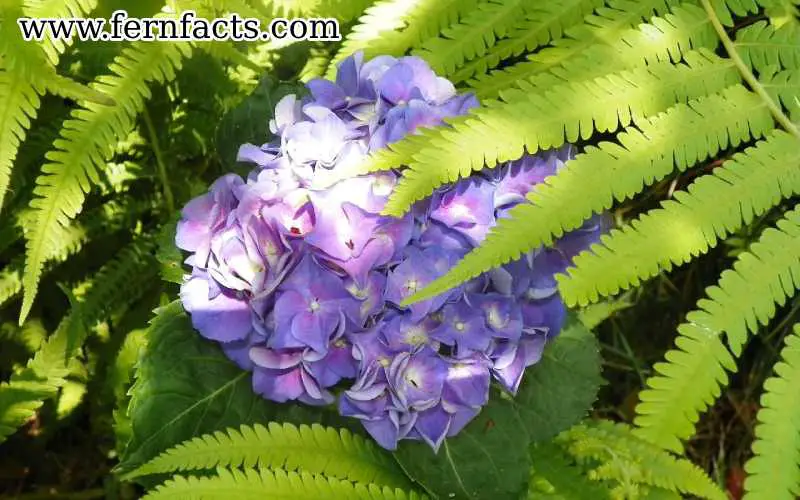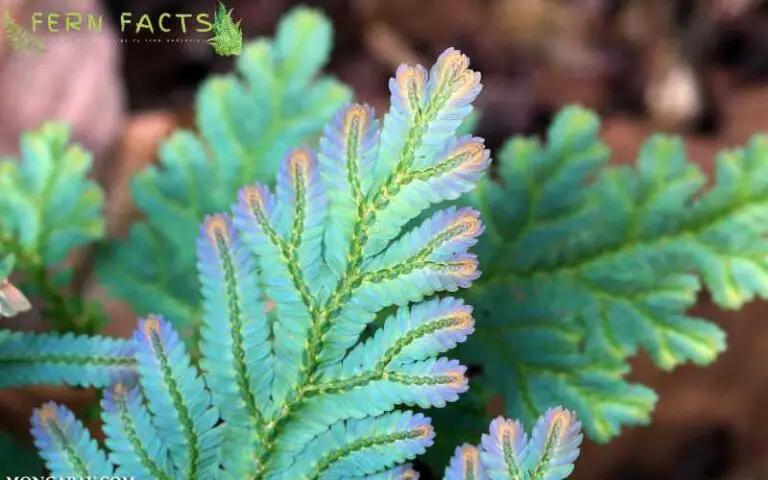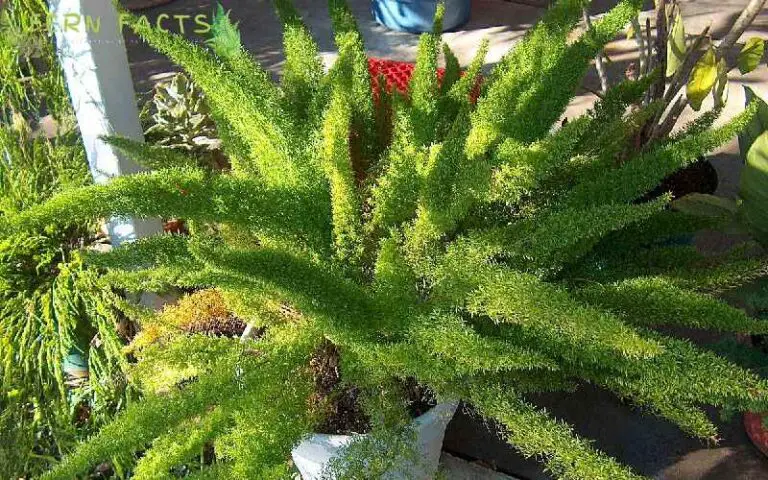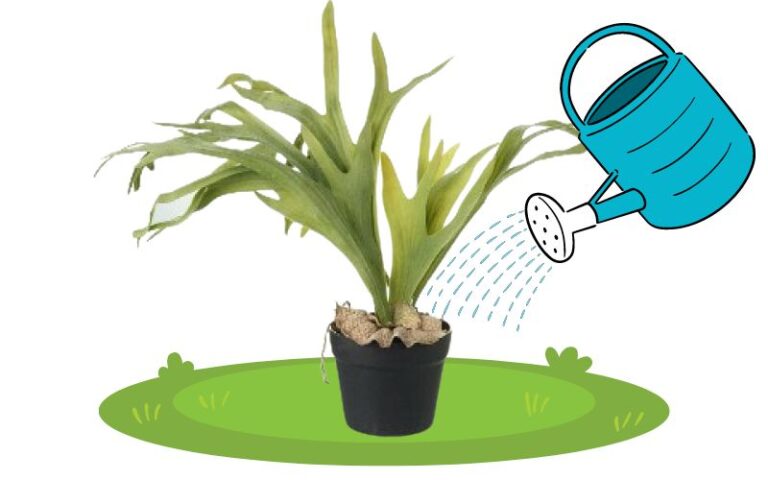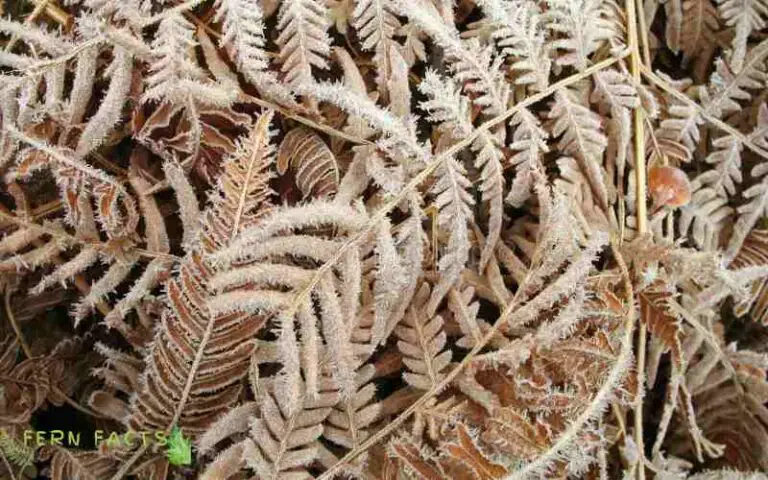What is a Flowering Fern: Hardy Gloxinia Fern Information and Care
Have you heard of the name flowering ferns? Do you know what these ferns look like and what their characteristics are? Well, read this article to know in-depth details about these flowering ferns.
Here, this article will thoroughly focus on Hardy Gloxinia or flowering ferns. Besides, I’ll give a brief idea about their characteristics, growing requirements, problems, and solutions to these ferns.
Further, I’ll give you a different beneficial side of these ferns in your garden so that you can intensify their appearance even more. So stay tuned with us.
Overview of a Flower Fern
- Botanical name: Incarvillea delavayi
- Common names: Hardy gloxinia, flowering fern
- Plants: Herbaceous Perennial
- Family: Bignoniaceae
- Native Region: China- western Sichuan, northwest Yunnan
- Shade requirements: partial or full sun
- Height: around 1 ft to 2 ft
- Width: around 1 ft to 2 ft
- Soil type: sand
- Soil pH: acidic, alkaline, and neutral (6.0-8.0)
- Flower color: pink
- Blooming period: Summer
- Hardiness: 5 to 7
- Resistant: Deer resistance
Flowering ferns is a Herbaceous perennial plant that belongs to the Bignoniaceae. These flooring ferns are mostly native to Western Sichuan and Northwest Yunnan of the Republic of China.
Unlike many other fern species, these flowering ferns grow beautiful pink-colored flowers during summer times. Also, they don’t reproduce via spores, which is why they are not the true fern species.
However, they are not true species of ferns but their fronds resemble ferns fronds that’s why they are in the fern category.
They can be a little hard to grow as they need extra care and attention, unlike many other low-maintenance ferns.
These flowering ferns thrive in partial to full sunlight. During the spring and summer times, they grow trumpet-shaded pink color flowers. Similarly, they also prefer Hardiness zones 5 to 7.
Also, they can tolerate hardiness zones up to 10 but not more than that. Although they thrive in full sun, they need to be protected from afternoon sun rays. Those Sundays could be too harsh for them to thrive.
Flowering Ferns Growing Requirements
Now let’s see the growing requirements for these flowering ferns so that you can grow this at your house.
Light
Flowering ferns thrive in partial to full sun exposure. Unlike many other shaded ferns, they can grow and thrive under full sunlight. And so, they need direct sunlight for a minimum of 5 to 6 hours every day.
However, you need to protect them from the afternoon harsh sun rays. Those rays of the sun can burn their leaves.
Water
Like most other ferns, these flowering ferns prefer moist and damp soil conditions. That’s why you have to water them until the soil is moist to a sufficient level.
Don’t overwater or don’t waterlogged their soil. It can rot their roots and gradually your plants could have died. You can give water to this fern once per week to keep the soil moist; don’t make the soil overlay soaked.
You can also use a thumb trick in order to water your plant. In winter seasons, just water the plant twice a month, that would be fine for them.
Soil
Flowering ferns prefer rich, well-drained soil to thrive. If the soil texture is poor and not well drained enough, then they might not do well in that soil.
Add compost, organic matter, and leaf mold to increase the richness of the soil.
Overwinter Care
During winter add mulch over their soil surface that gives them extra nourishment and moisture in that season. Also, remember to remove mulch protection when winter seasons pass.
Temperature
These flowering fern’s preferable temperature would be around 65°F to 75°F. It means they thrive in warm hot climates.
However, they can tolerate up to 60°F. If the temperature drops below this level, there is a chance that you may lose your ferns.
Flowering Ferns Problem and Solutions
Flowering ferns are mostly pest-free ferns, However, in a few cases they might get worse due to some external problems. Let’s see those problems.
Snails and Slugs
These Hardy Gloxinia or flowering g ferns tend to be free from pests and insects most of the time. However, in a few exceptional cases, they might get attacked by snails and slugs.
Those snails and slugs might eat their green fronds and make the fronds dull and dehydrated. In those cases, you can use pesticides to reduce these problems.
You can also remove these bugs with your hand and spray insecticides over your ferns.
Root Rot
Since these flowering ferns prefer moist soil, overwatering can give them mushy and soggy soil. This soggy soil will lead them to have root rots.
And so, your ferns will get fungus diseases. In such cases, you need to report your ferns and have to change the soil immediately in order to save your plant.
Propagation of Flowering Ferns
You can simply divide these Hardy gloxinia ferns during the spring seasons. Whenever you see the growth has become a little messy or crowded, you can divide your plants in half.
Whether it’s a potted or grounded fern, dig out your ferns from the place. Loosen the soil from the side and cut the roots from the middle. Then again replant it in their selective places.
Make sure all their taproot are planted properly. Therefore, dig a deep hole so that all their taproot gets accommodated in the holes.
Again for potted ferns, take a slightly bigger pot or container to adjust all their taproot in it. Lastly, water the plants to hydrate them.
Different Uses of Flowering Ferns
Although they are not a true genre of fern species, still they can make your garden more engaging by their charming appearance.
Their beautiful pink-colored flowers with greenery foliage will intensify the surroundings of your gardens. Moreover, you can also plant them in many different ways to make your garden more appealing.
For example, you can plant them in the pathways of your garden entrance, in the Rock garden, or near the poolside as well. Similarly, you can also plant them in pattern sequence in line, or in massive groups to intensify the appearance.
Further, they attract bees, butterflies, and Hummingbirds. Thus, it will give you mini nature-centric appearances in your house garden.
Conclusion
In short, Flowering ferns are beautiful and elegant ferns that grow pink-colored flowers. These ferns will surely intensify the garden’s look.
Although they are not true species of ferns, their fronds resemble ferns fronds. However, growing these ferns could be a little challenging for you as well because they need some extra care and attention.
Nonetheless, by giving them partial to full sunlight, rich humus well-drained soil you can grow these ferns. Further, you can also utilize these ferns in landscaping designs to enhance your garden looks.
Also, they attract bees and butterflies towards them. Thus, you can have a fresh wildlife view in your garden.

